
Antihydrogen Falls Downward!
Settling a long-standing question, scientists have proven that antihydrogen falls downward in a first-ever direct experiment.

Settling a long-standing question, scientists have proven that antihydrogen falls downward in a first-ever direct experiment.
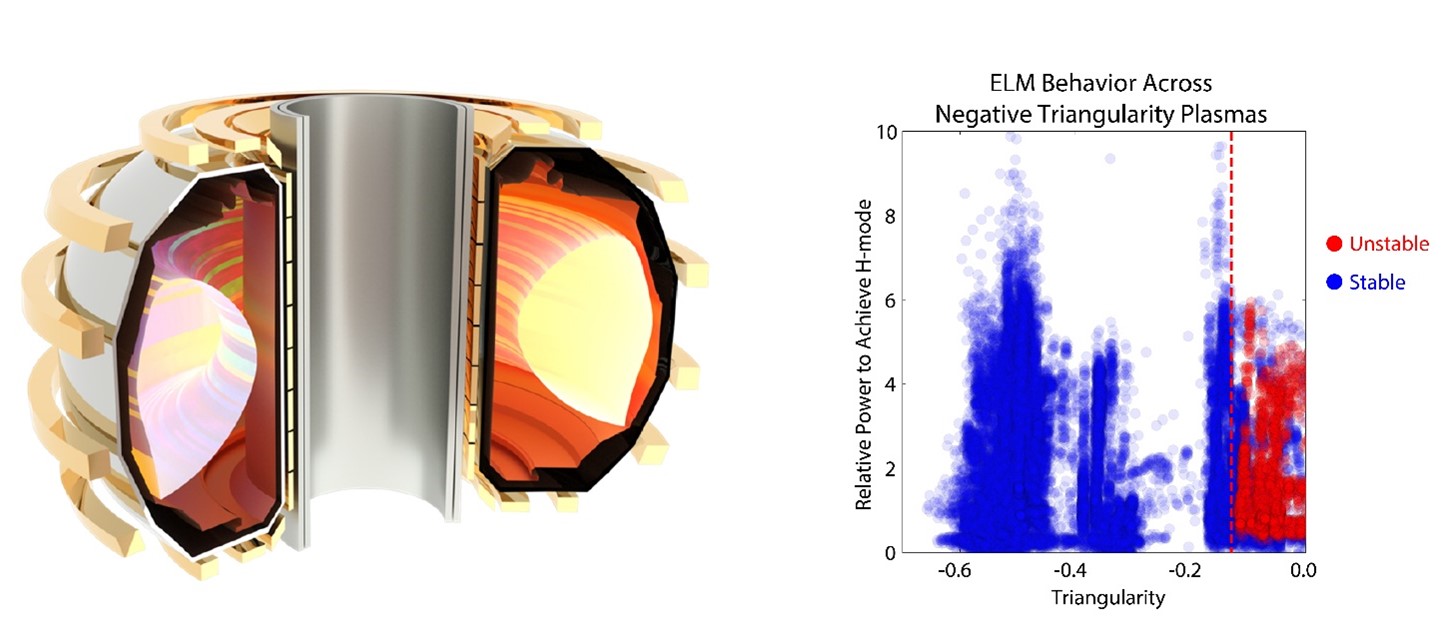
Plasmas with negative triangularity show reduced gradients that develop into instabilities, including under conditions relevant to fusion power plants.
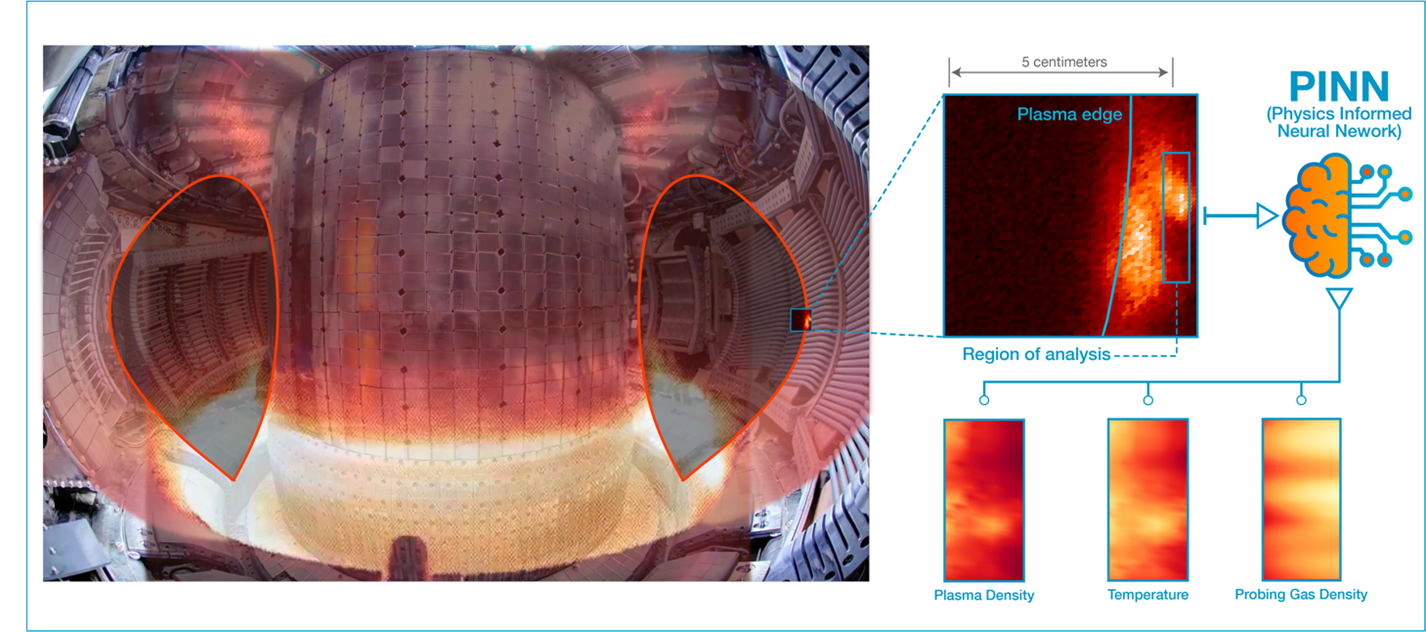
Neural networks guided by physics are creating new ways to observe the complexities of plasmas.
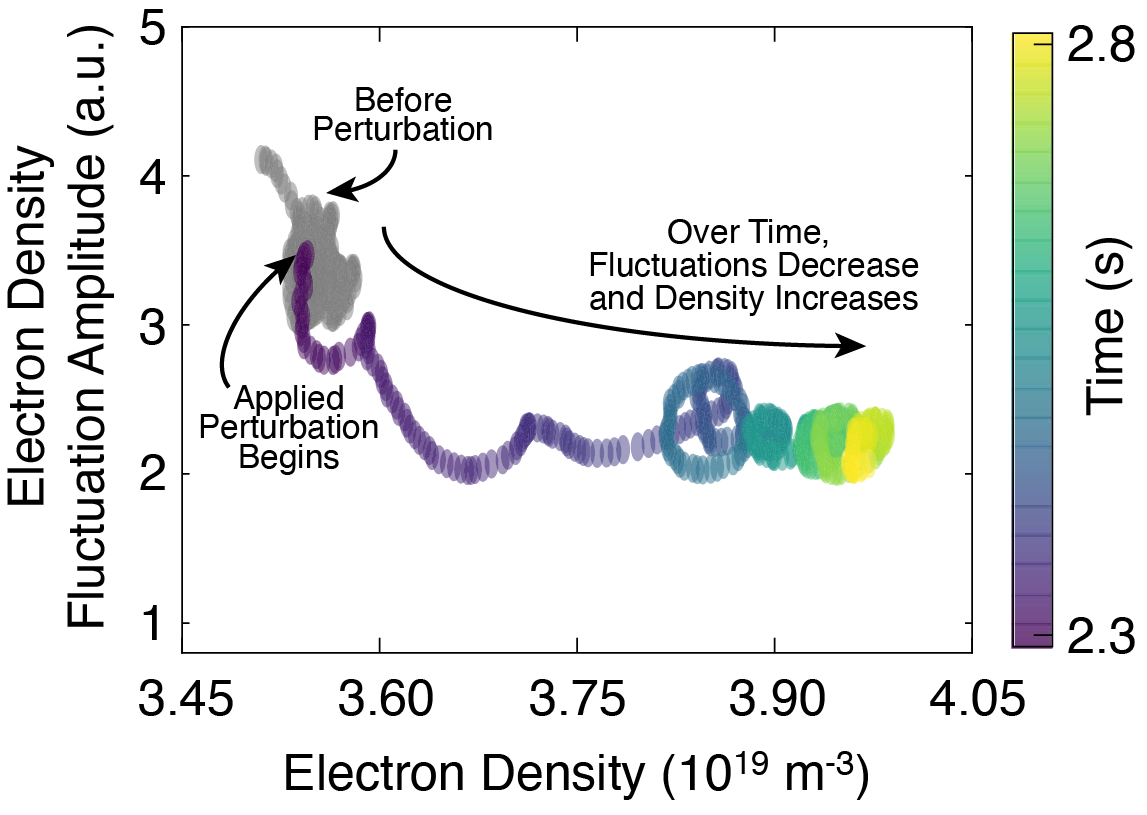
Perturbing the edge magnetic field of a tokamak produces a counterintuitive response: particles entering the confined region rather than escaping it.
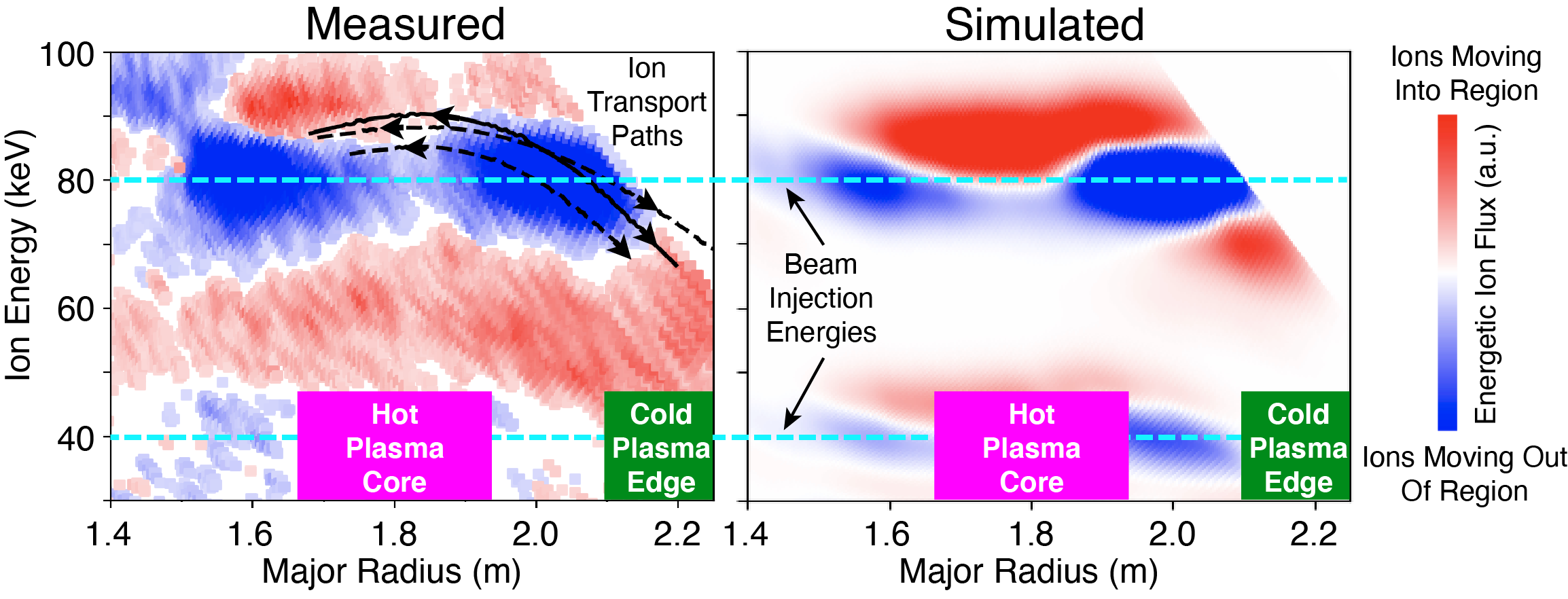
For the first time, scientists successfully track energetic ion flow through space and energy driven by electromagnetic waves in fusion plasmas.
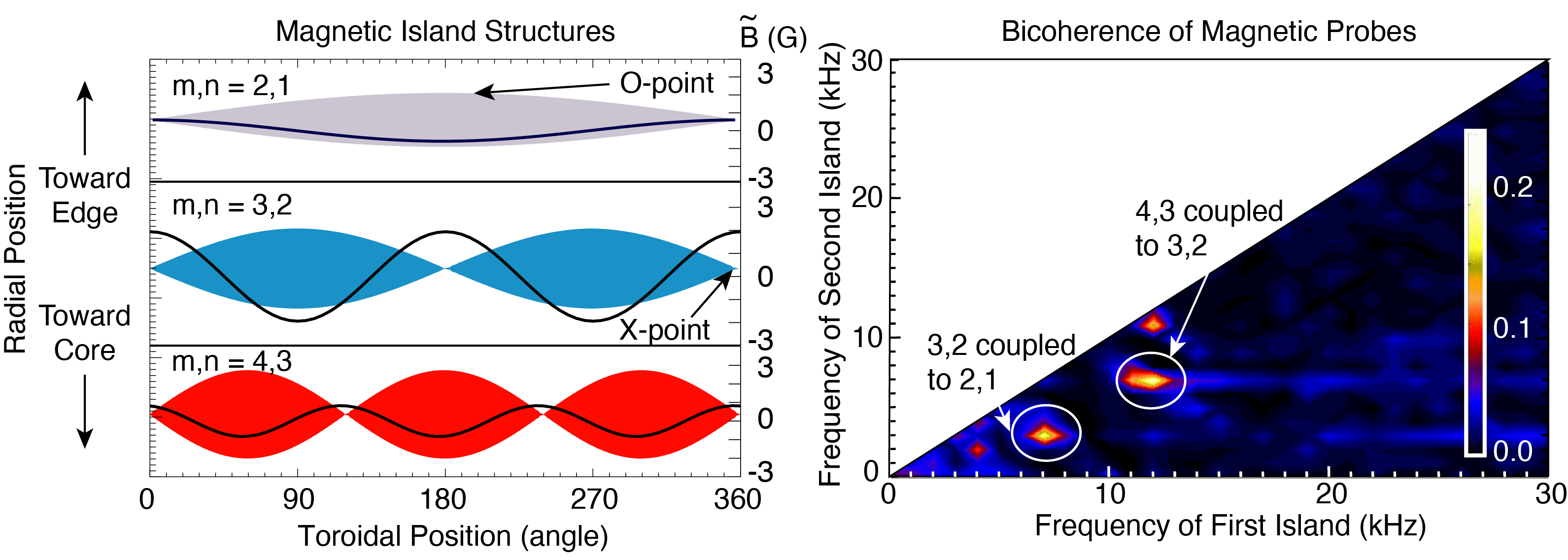
Small rotating magnetic islands in tokamaks flowing at the same speed can couple together to cause disruptive islands that reduce plasma confinement.
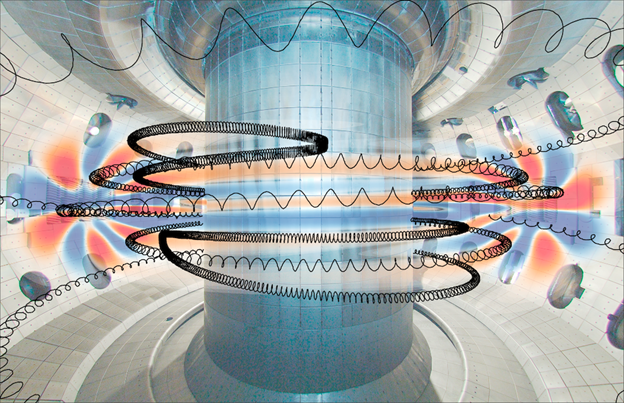
Computation and simulations show that different types of collisions compete to determine the way energy is transferred between particles and plasma waves.
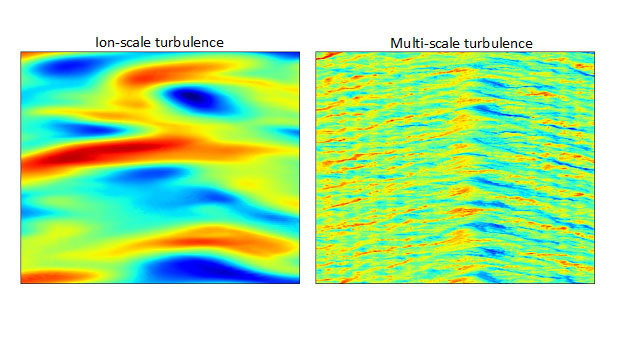
Scientists use supercomputer simulations to understand the complex interplay between large-scale ion and small-scale electron plasma motion in determining fusion performance
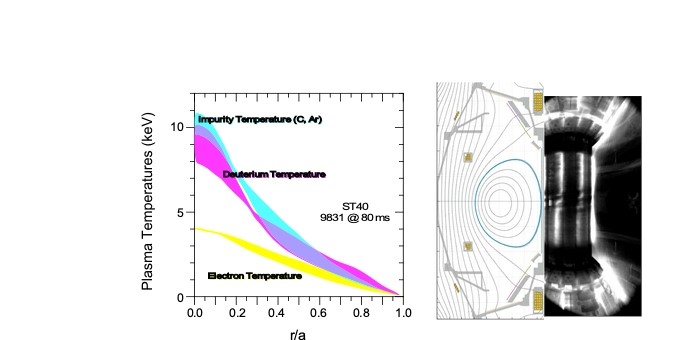
National laboratory researchers partner with a private company to achieve 100-million-degree temperatures inside a high magnetic field spherical tokamak.
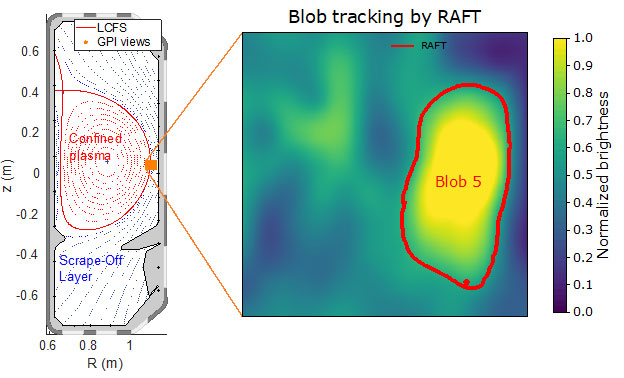
Machine learning techniques track turbulent blobs in millions of frames of video from tokamak experiments.
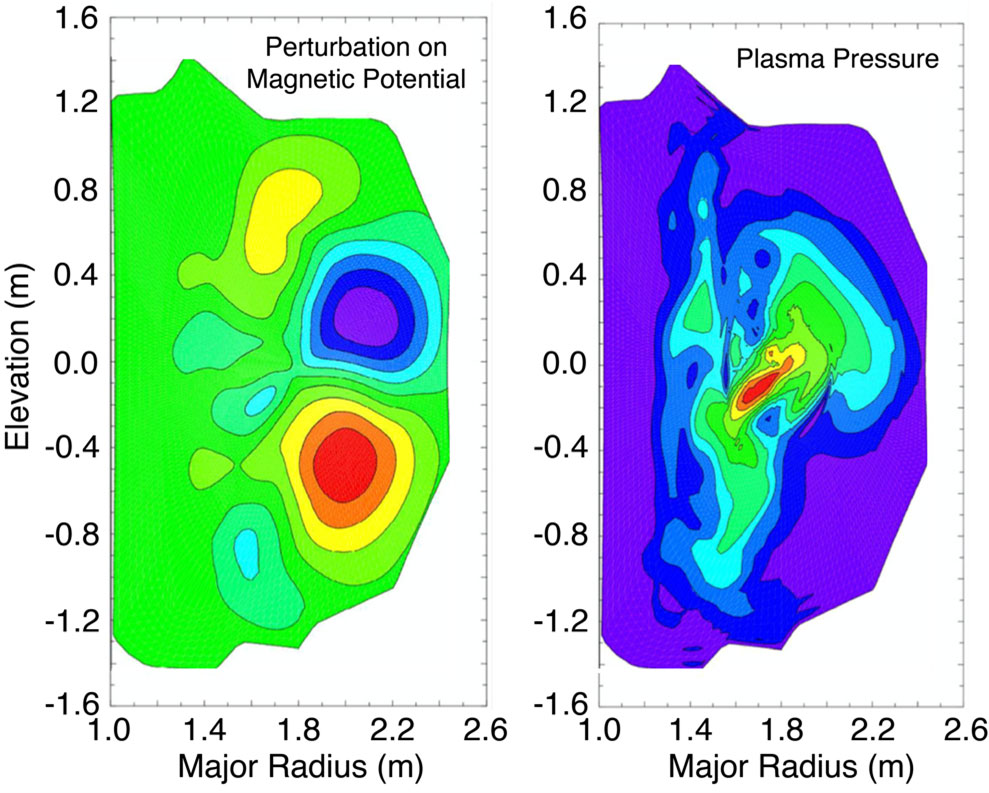
Plasma simulations, theory, and comparison with experiment show that resistive wall tearing mode can cause energy loss in tokamaks.
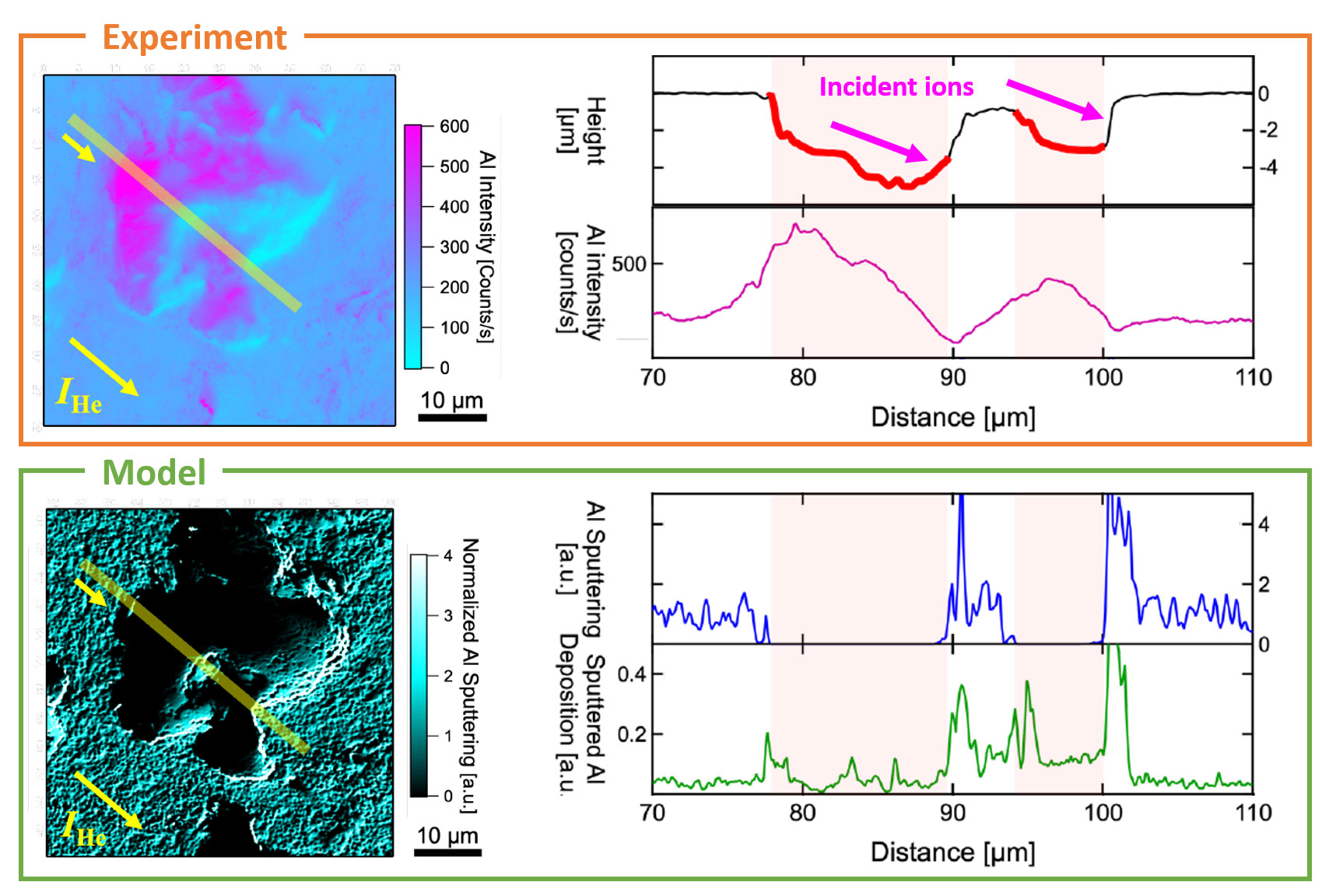
Roughening of fusion reactor wall surfaces over time may significantly reduce erosion rate predictions